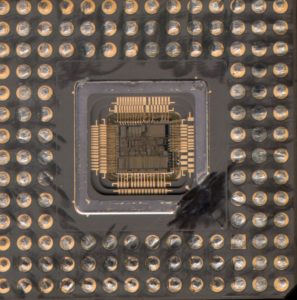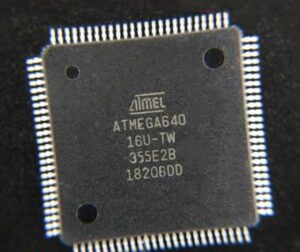 Recover Chip ATmega640P Heximal
Recover Chip ATmega640P Heximal
Recover Chip ATmega640P Heximal from Microcontroller ATmega640P flash and eeprom memory, rewrite the firmware to blank MCU ATmega640P by Microprocessor copying technique, unlock MCU secured system and reset the status of Microcontroller from locked to unlocked;

Recover Chip ATmega640P Heximal from Microcontroller ATmega640P flash and eeprom memory, rewrite the firmware to blank MCU ATmega640P by Microprocessor copying technique, unlock MCU secured system and reset the status of Microcontroller from locked to unlocked
In non-PWM waveform generation modes, the match output of the comparator can be forced by writing a one to the Force Output Compare (FOC0x) bit. Forcing Compare Match will not set the OCF0x Flag or reload/clear the timer, but the OC0x pin will be updated as if a real Compare Match had occurred (the COM0x1:0 bits settings define whether the OC0x pin is set, cleared or toggled) if MCU PIC16F917 heximal breaking.
All CPU write operations to the TCNT0 Register will block any Compare Match that occur in the next timer clock cycle, even when the timer is stopped. This feature allows OCR0x to be initialized to the same value as TCNT0 without triggering an interrupt when the Timer/Counter clock is enabled.
Since writing TCNT0 in any mode of operation will block all Compare Matches for one timer clock cycle, there are risks involved when changing TCNT0 when using the Output Compare Unit, independently of whether the Timer/Counter is running or not after recover MCU PIC16F72 code.
If the value written to TCNT0 equals the OCR0x value, the Compare Match will be missed, resulting in incorrect waveform generation. Similarly, do not write the TCNT0 value equal to BOTTOM when the counter is down-counting.
The setup of the OC0x should be performed before setting the Data Direction Register for the port pin to output. The easiest way of setting the OC0x value is to use the Force Output Compare (FOC0x) strobe bits in Normal mode if recover MCU PIC16F77 eeprom heximal.
The OC0x Registers keep their values even when changing between Waveform Generation modes. Be aware that the COM0x1:0 bits are not double buffered together with the compare value. Changing the COM0x1:0 bits will take effect immediately.
